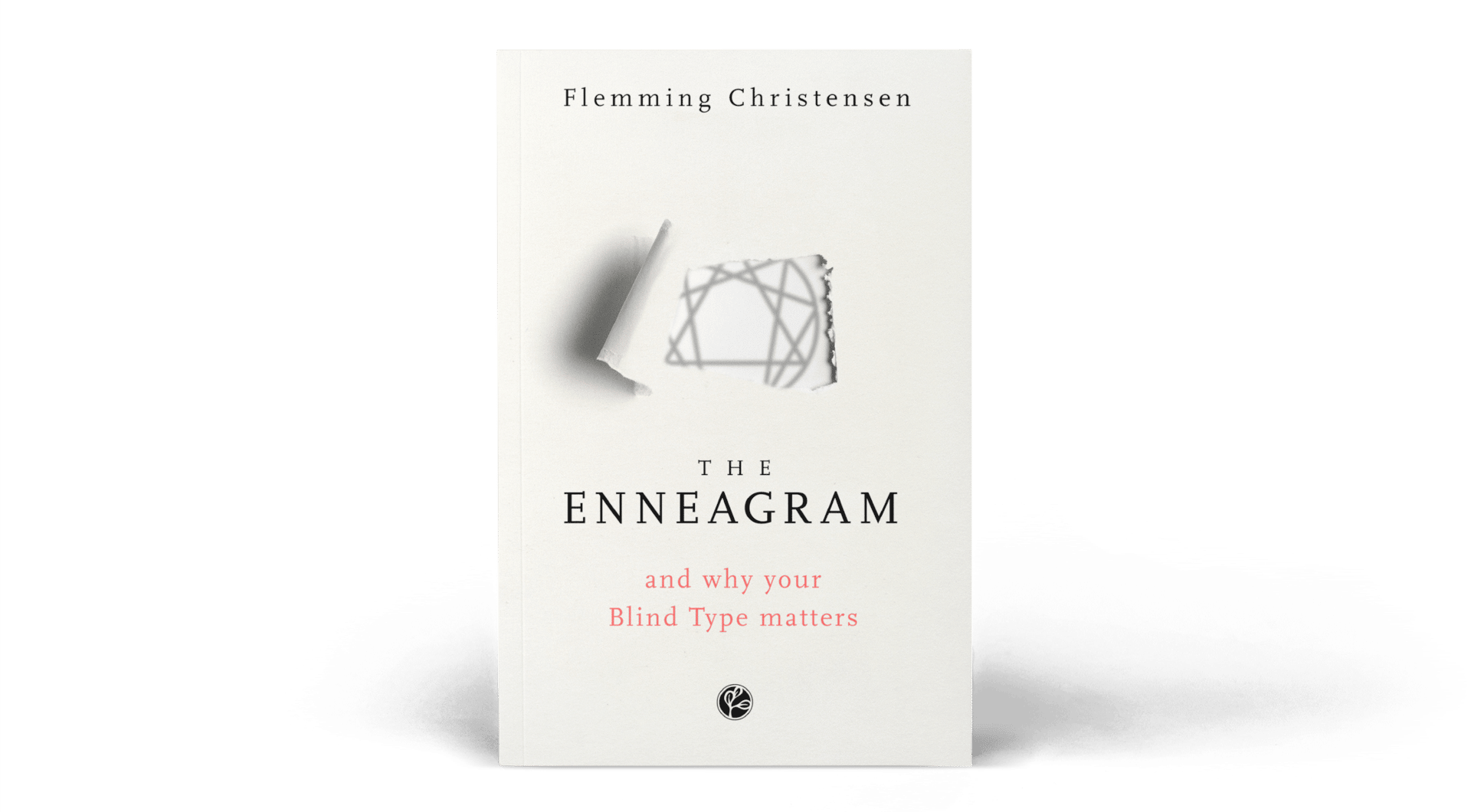
Signup
Sign up here to become a member of the
learning community about our primary and blind Enneagram types?
Thank you
We will send you an e-mail with confirmation and further details soon.
Understand how your blind Enneagram Type shape your ‘primary’ Enneagram Type
- More precise understanding of your type
- New keys to open up your human potential
- New tools for coaching, teaching and leadership
- Discover all elements of your personal skills
- Understand why part of your personality is ‘blind’ to you
- New book from bestselling author
- Combine the original teachings with modern psychology
- Manage your life theme by integrating your ‘blind’ type
New Book from Bestselling author Flemming Christensen
Explore how your ‘blind’ Enneagram Type impacts your ‘primary’ Enneagram Type, and how to use the ‘blind’ type as a key to expanding your personal skills of your ‘primary’ Enneagram Type
Why limit your focus to only your ‘primary’ Enneagram type?
When ‘finding’ our Enneagram Type we have a tendency to only focus on the ‘primary’ type, and then forget all the other 8 types. But the original teaching by Gurdjieff and Ichazo tells us, that all 9 types are part of our personality, and to build a ‘complete human being’ we need to include all of the qualities from all 9 types – which originally were not called types but points.
Do you want more possibilities for your personal growth?
Your ‘blind’ type contains qualities, that you do not know how to master and maybe even see as limited or ridiculous. The ‘blind’ type is a passive quality, that impacts your expression of your ‘primary’ type. If your ‘primary’ type is Type 7, then being ‘blind’ on Type 4 will be expressed differently than being ‘blind’ on Type 2. Learn more about the Impact of your ‘blind’ type to get more options for your personal growth.
A more complete approach to coaching and teaching the Enneagram?
If you are using the Enneagram in coaching or teaching, you can expand your understanding of the inner dynamics between the ‘primary’ and ‘blind’ Enneagram-types. The dynamic between those types is called Enneagram Life Theme (ELT) and is the traits of your personality that if unattended will move with you from one relationship to another. Read more about how ELT should be a part of every coaching program.
Do you want to identify your Enneagram type more precisely?
You can identify or find your Enneagram-type more precisely by understanding 1) why we build the types we do as part of our personality, 2) how we construct our type and 3) by understanding the many ways your Enneagram profile is expressed in the way you solve problems, engage in a professional and personal relationship, communicate, receive and give feedback, handle pressure and change. The book will present you with the different behaviors needed to find your type more precisely.
Combining the original teaching of the Enneagram with modern psychology
The original teachings of the Enneagram are not based on ‘types’ and modern psychology. Instead, the focus was more on the different qualities represented by the ‘point’ of the Enneagram. When you combine the original teaching with modern psychology, you will 1) use a more profound perspective on yourself and others, 2) you will avoid the caricatures and limiting descriptions of the Enneagram types and 3) you will focus on the qualities and skills more than how the types are ‘wrong’ or ‘have to be repaired’.
Need the inspiration to help others find their Enneagram type?
In our role as coaches and teachers, we often need to support others in finding their Enneagram type. The process of ‘finding’ your type is based on self-awareness and self-insight and we can as coaches and teachers assists that process by inviting others to discover certain elements of the types. The book will give you a broad catalog of elements to present and discuss with your clients or students – both in regards of the ‘primary’ and the ‘blind’ types.

